For over a century, the humble crossword puzzle has challenged, thrilled, and sometimes confounded puzzle aficionados and casual solvers alike. As a leisure activity, crosswords uniquely combine education and entertainment, providing an enjoyable workout for the brain. Let’s delve into the fascinating world of crossword puzzles and discover what makes this classic word game such an enduring and engrossing pastime.
The Evolution of the Crossword Puzzle
While simple word squares have existed for centuries, the crossword puzzle as we know it emerged in the early 20th century. In 1913, Arthur Wynne, editor of the New York World, introduced a diamond-shaped puzzle he called a “Word-Cross”, which later evolved into a rectangular grid. Crosswords exploded in popularity during the 1920s, becoming a national craze and daily habit for millions.

This so-called “Golden Age” of crosswords was marked by hugely challenging puzzles full of obscurities and whimsical wordplay. But over time, puzzles shifted towards more fairness and accuracy. Today’s constructors aim for clever clues rooted in general knowledge, guiding solvers to deduce common words and phrases. This evolution reflects the ongoing quest to achieve the perfect balance of challenge and enjoyment.
The Art of the Cryptic Clue
At the heart of every great crossword is the cryptic clue, designed to both confound and delight solvers. Unlike straightforward “definition” clues, cryptic clues involve wordplay, double meanings, and lateral thinking. Skilled constructors use misdirection and verbal trickery to conceal answers through hints and coded instructions. Consider this tricky clue:
“Unruly child turned into federal agent (5)”
The answer is BRAT – “child” indicates the definition, “turned into” signals an anagram and the letters can be rearranged to spell B-R-A-T. Solving cryptics requires parsing clues for definition and wordplay, then piecing together the answer. It engages your logical thinking while giving your vocabulary a workout.
Inside the Crossword Construction Process
Designing a polished, engaging crossword puzzle is an art unto itself. First, constructors carefully select a theme, which is carried through the clues and answers. Themes like puns or rhyming phrases add whimsy and consistency.
With the grid penciled out, the constructor painstakingly fills the diagram with intersecting words, starting with key-themed entries. Longer answers crisscross with shorter words, with letters overlapping appropriately. Finally, the clue writing begins, weaving in misdirection and wordplay. It’s a labor of love, requiring skill, patience, and creative flair.
Tips and Techniques for Crossword Enthusiasts
So you want to become a crossword whiz? Mastering the basics is key. Focus first on 1-3 letter words like I, A, and O, which appear frequently. Common prefixes and suffixes will unlock many answers. Always read clues carefully and completely before solving. Pay attention to hint phrases like “you might find” or “say” that signal wordplay. Maintain alphabetical order and fill in what you know to reveal intersecting words. And of course, word knowledge is power – keep building your vocabulary!
Pencil and paper is best for ease of edits. Start with a Monday or Tuesday puzzle from your daily paper, then work your way up to tougher puzzles as your solving improves. Patience and practice will pave the path to crossword greatness.
The Allure and Appeal of Crosswords
For over a century, crosswords have attracted devotees from all walks of life. So what gives this word game such enduring and widespread popularity?
Crosswords offer a bitesize mental challenge perfect for busy lives. They provide intellectual stimulation without being overly taxing. The routines and rituals around crosswords, like coffee shop solving or competitive timed solving, adds to their nostalgic charm. Crosswords also build confidence – correctly solving even one clue gives your brain a sense of mastery and achievement.
Of course, crosswording does require a skill. For veteran solvers, there is pride in conquering the toughest, trickiest clues. It engenders a sense of community and friendly rivalry among fellow puzzle lovers. And for many, unraveling clever wordplay delivers sheer joy. In short, crosswords entertain, engage, and educate – making for an addictive hobby.
Famous Puzzles and Memorable Clues
A few landmark puzzles have entered crossword legend for their complexity, originality, or trickery. The New York Times 1996 Election Day puzzle by Jeremiah Farrell is one of the most celebrated. With clues like “Lead story in tomorrow’s newspaper” (CLINTON ELECTED), it spoiled the next day’s headline!
Will Shortz’s 1993 New York Times puzzle had just 52 blocks, the minimum for a proper crossword grid. The Atlantic Monthly’s cryptic clue “Exhausted, I quit exercising viciously – I need rest!” (ELAPSEDTIME) is considered one of the most ingenious clues ever constructed. These puzzles reveal how captivating crosswords can be when taken to creative extremes.
The Cognitive Benefits of Solving Crosswords
It’s not just fun and games – crossword solving offers real mental benefits. Crosswords have been shown to improve memory, vocabulary and cognitive functioning in people of all ages. For kids, they boost literacy skills. And for senior citizens, regular crosswords helps delay cognitive decline and Alzheimer’s.

The multi-faceted nature of crosswords gives the brain a comprehensive workout. You engage visual, verbal and literacy skills to interpret clues. Logical and analytical thinking deduces the answers. And the process exercises the brain’s neural pathways, helping maintain neural connections. Simply put, the mental stimulation keeps our brains nimble as we age. It’s a rewarding hobby that keeps the mind razor-sharp.
Crosswords in the Digital Age
The advent of computers and smartphones has brought crosswords into the digital era. While many still enjoy the tactile pleasures of pen on paper, technology has made puzzles more accessible, interactive, and adaptable to modern life.
Digital crosswords can provide instant feedback, hints, and error correction, great for new solvers. Sharing leaderboards and competing with other users online adds a social element. And app features like saved progress and adjustable fonts aid usability. But technology may also increase addiction – it takes just a click to load a new puzzle anytime, anywhere. Moderation is key.
While digital evolution continues, one thing remains timeless – the joy of pitting your wits against a clever crossword constructor. As long as human ingenuity delights in puzzles, crosswords will continue challenging brains for generations to come. Now pick up that pencil – and happy solving!
FAQ
What is the most popular crossword puzzle?
The New York Times crossword, published since 1942, is considered the most popular and prestigious American crossword puzzle. It sets the standard with creative themes, tricky clues, and editorial excellence.
How are crossword grids constructed?
Crossword grids have 180-degree rotational symmetry, with black squares separating words. 15×15 grids are most common, with rarer 21×21 grids used for tougher puzzles. Words intersect strategically, with plentiful 3-4 letter words crossing longer entries.
What are some tips for effectively solving crossword puzzles?
Start with clues you know for sure, fill in intersecting words, make use of clue patterns like anagrams or prefixes, and use strategic word guesses based on letter patterns. And don’t be afraid to use references, dictionaries, or online tools when you get stuck!
What skills does solving crosswords improve?
Crosswords sharpen skills like vocabulary, general knowledge, lateral thinking, concentration, and memory retrieval – giving your brain a comprehensive workout. They boost literacy and language skills, from spelling to anagramming abilities.
How can I create my own custom crossword puzzles?
Many free sites like EclipseCrossword, Discovery Education, or Crossword Labs allow you to input words and clues to generate printable or digital crossword puzzles. You can customize grid sizes, difficulty, and more.
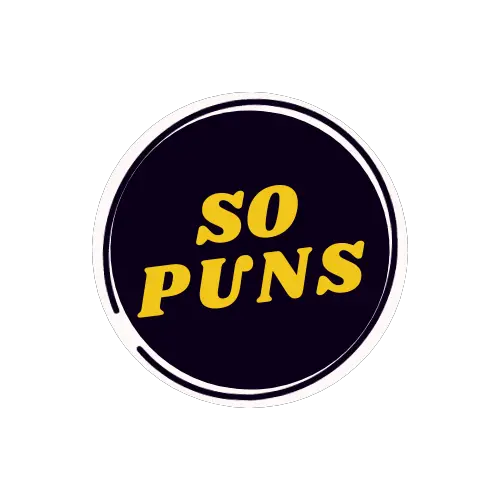
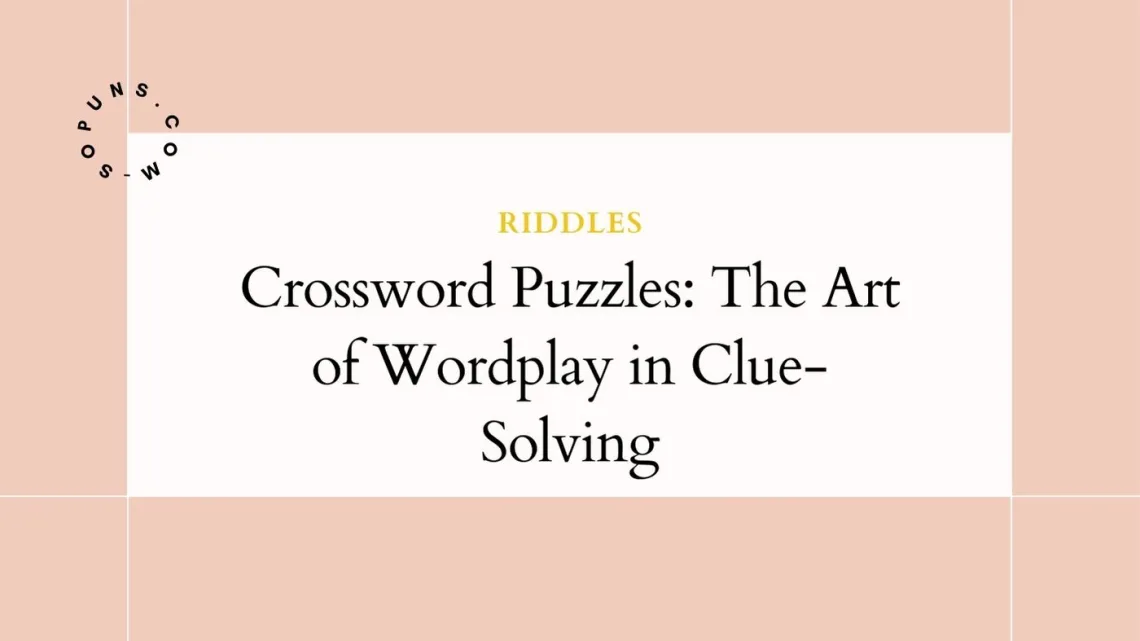
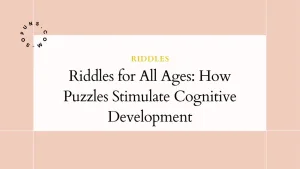
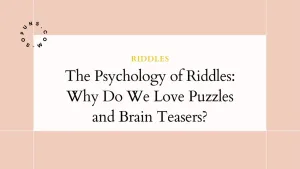

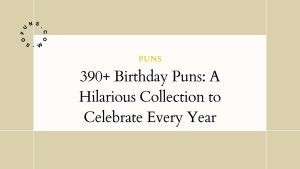
No Comments